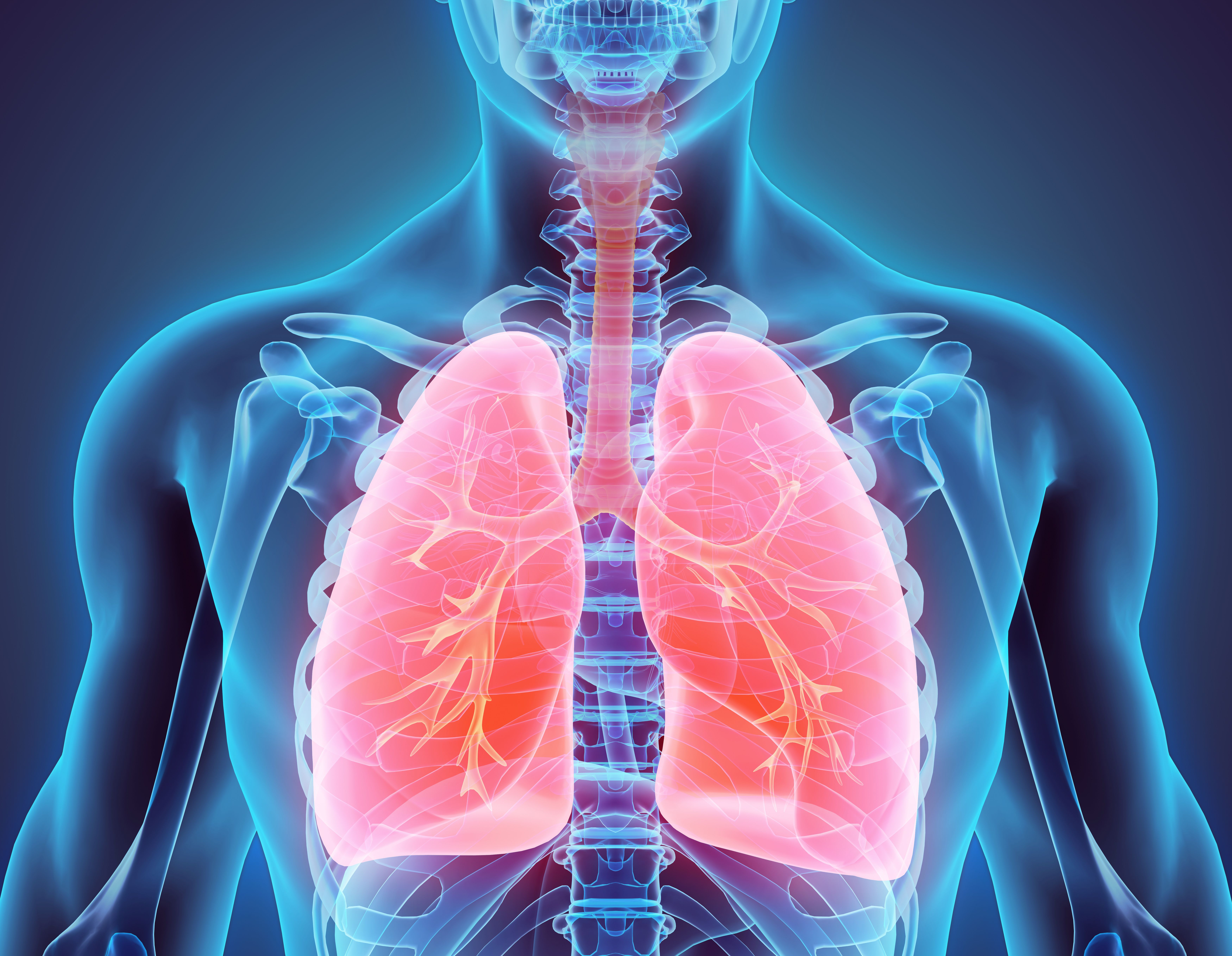- Center on Health Equity & Access
- Clinical
- Health Care Cost
- Health Care Delivery
- Insurance
- Policy
- Technology
- Value-Based Care
Top 5 Most-Read Respiratory Content of 2023
This year’s most-read respiratory articles explored a variety of topics, including the effects of marijuana and vaping on the lungs.
The top 5 most-read respiratory articles on AJMC.com this year included covered a potential connection between chronic cough and anxiety, potential emphysema from marijuana, and smoking cessation methods.
Here are the 5 most-viewed respiratory pieces of 2023.
Respiratory
Image credit: yodiyim -stock.adobe.com

5. Chronic Cough Severity Appears Worse in Patients With Anxiety and Depression
This article published in July summarized study findings about how patients with chronic cough who have prior diagnoses of anxiety and depression self-reported more severe symptoms using the Cough Severity Index (CSI) than those with neither condition. The researchers explained that they studied the link between depression and anxiety with patient-reported outcome measures to understand their perceived cough severity and help physicians create more individualized, successful treatment plans. They found CSI scores to be lowest in those with anxiety only and those with neither anxiety or depression; conversely, patients with depression only and those with both anxiety and depression had the highest CSI scores.
4. Marijuana Smokers Have Higher Rates of Emphysema and Respiratory Disease, Study Finds
Although marijuana is the most commonly smoked substance after tobacco, this article shared a study’s findings that marijuana smokers had higher rates of emphysema and airway inflammation changes than nonsmokers and tobacco-only smokers. The researchers used chest CT examinations from October 2005 to July 2020 of marijuana smokers, nonsmokers, and tobacco-only smokers to compare rates of emphysema, airway changes, gynecomastia, and coronary artery calcification. They found, for example, higher rates of emphysema in marijuana smokers (76%) than non-mokers (3%) and tobacco-only smokers (67%), and the rates of airway changes in marijuana smokers were higher than in other groups (P > .001 to P = .04).
3. Study Adds Evidence Linking Vaping to Short-Term Lung Symptoms in Youth
With a distinct increase in vaping among American youth in recent years, this article summarized study findings on how vaping is linked with an increased likelihood of developing a dry nighttime cough and general wheezing. The study surveyed 99750 participants aged 12 to 17 years who vape. Compared with those who do not vape, this survey found those who did vape had 23% higher adjusted odds of dry nighttime cough (adjusted OR [aOR], 1.23; 95% CI, 1.04-1.46; P = .02) and 37% higher adjusted odds of wheezing or whistling (aOR, 1.37; 95 CI, 1.11-1.71; P = .005).
2. Higher Smoking Abstinence Rates Seen Among Participants Who Received Adaptive Treatment
This article published in September shared how a study found higher smoking abstinence rates among participants who received adaptive treatment than those who received nonadaptive treatment. Adaptive treatment is a common medical practice that has not been widely used for smoking cessation, so the researchers conducted a randomized clinical trial to determine whether adaptive treatment leads to higher smoking abstinence rates than standard pharmacotherapy. Their findings showed that adaptive treatment was effective for smoking cessation, as they found higher smoking abstinence rates among participants randomized to adaptive pharmacotherapy. The study also provided support for the use of precessation varenicline and nicotine patches in an adaptive treatment regimen.
1. Cytisinicline Found to Aid in Smoking Cessation
This article published in July shared how a study suggested a daily regimen of cytisinicline supplemented by behavioral support can effectively treat nicotine dependence. Cytisinicline is used over the counter in central and eastern Europe, but other countries have not yet authorized it, including the United States. Consequently, the researchers conducted a clinical trial to “evaluate the efficacy and tolerability of cytisinicline for smoking cessation when administered in a novel pharmacokinetically based dosing regimen for 6 or 12 weeks vs placebo.” They discovered that both the 6- and 12-week schedules demonstrated efficacy for smoking cessation and resulted in higher odds of continuous smoking abstinence post treatment.
